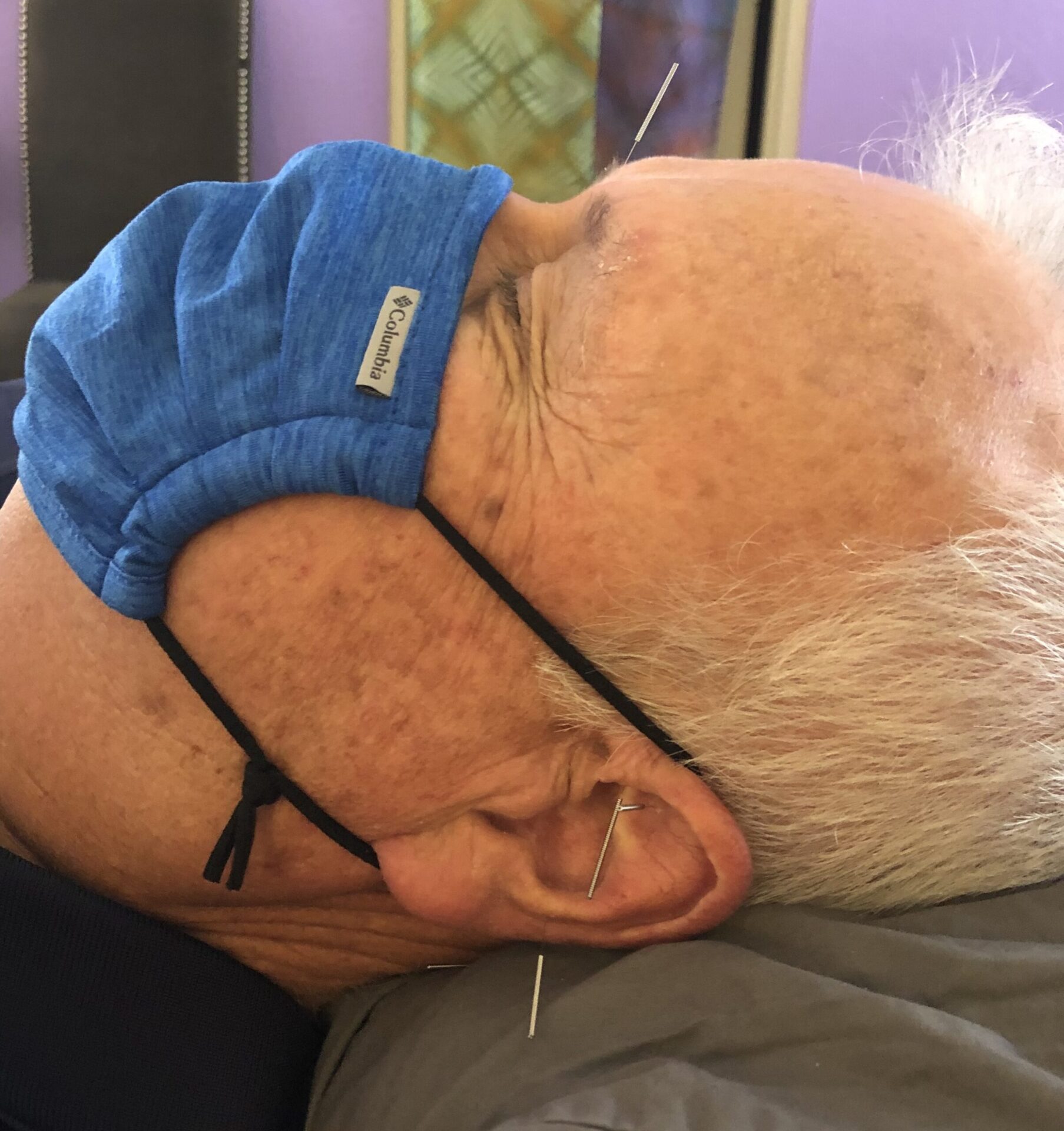
A first-person account
I was sitting around on one of my rare office appearances (being a semiretired curmudgeon, who is reduced to gig work) and I noticed a bunch of emails piling up with a common theme.
So, alternative healing: There are many forms of it right in our South Tempe-West Chandler backyard.
When it comes to what ails you, and, trust me, I have plenty of things that ail me at this point, I tend to stick with what I know.
And yet, even at 68, I’m still in possession of my curiosity, enough to understand that often we don’t know what we don’t know.
There’s acupuncture, where you can become the equivalent of a human pin cushion in the hope of feeling better for it.
There’s cryotherapy, where you can subject yourself to a from-shoulders-down chamber that’s way colder than an Alaska winter day – in your underwear – to get a burst of energy.
And there’s sound therapy, where you can achieve inner peace in a sound bath, without needing a tub. Or water. This is not to be confused with a meteor shower.
I convinced the folks here at Wrangler News to let me take a look, and I actually did a couple of them.
We start with acupuncture. Stick with me.
_________________________
Those Chinese had it all figured out a long time ago
I’d never done acupuncture. With arthritic knees and living in a two-story house, I was up for anything to seek pain relief. My practitioner was Anna Lunaria at Yin Rising Acupuncture in Tempe, where one also can receive herbal medicine, therapeutic body work, cupping and therapies involving nutrition, yoga, hypnosis and aroma. But I didn’t.
Lunaria, 51, has been at acupuncture for five years. She was a massage and yoga therapist for more than two decades before. She specializes in helping people with chronic pain.
Mine was to be a quickie introductory acupuncture treatment for knee pain.
She asks if I have anything else going on. I rattle off a short list. Because I have low-back pain, I get another pillow under my legs on the table.
“A big part when working with patients is just getting them into a comfortable position because if you are not comfortable and you can’t relax, the treatment is not nearly as effective,” Lunaria said.
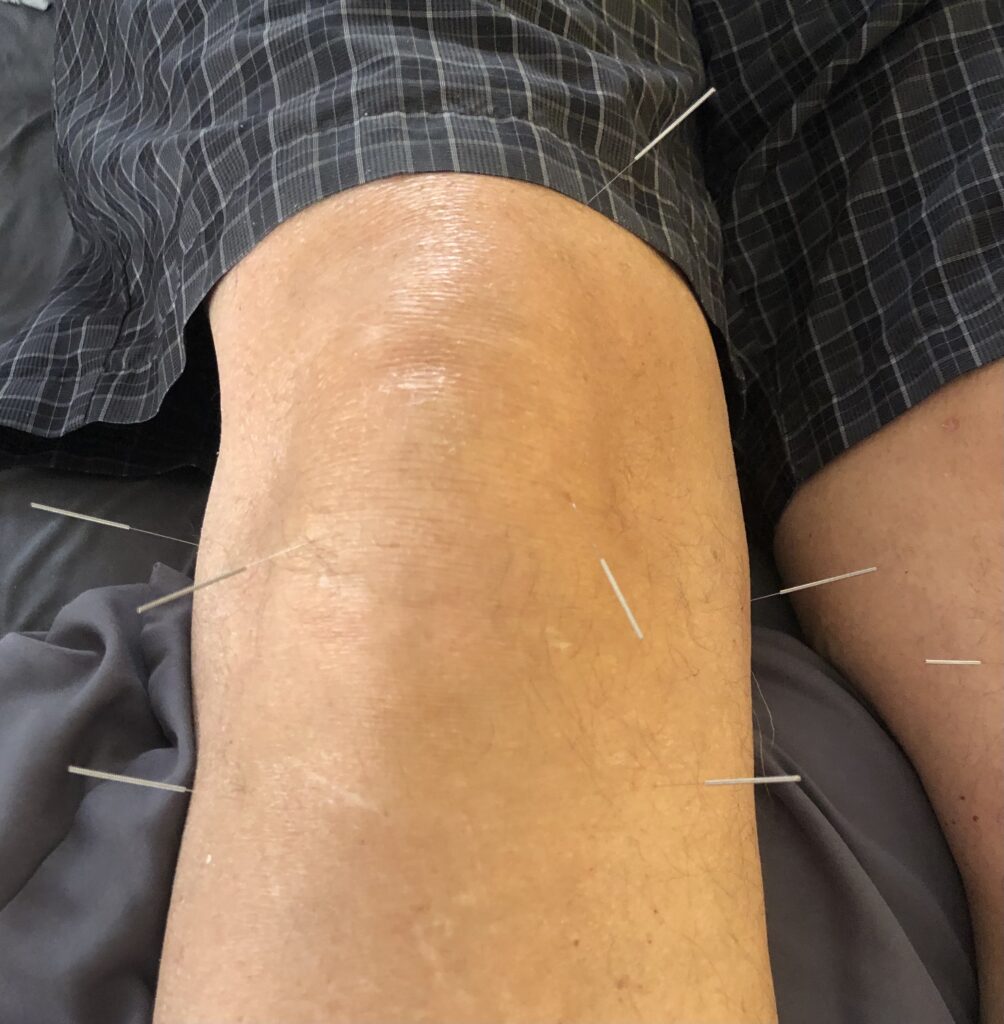
The table warmer is on. The music is on. It sounds like R. Carlos Nakai on Native American flute.
“One of the things we do in Chinese medicine is we look at peoples’ tongues,” Lunaria said. “We can determine a lot about people from looking at the tongue.”
I’m asked to present mine. I ask what my big reveal is.
“High blood pressure and high cholesterol.”
Bingo. Dang, nailed it.
We continue chatting when she says, “You just had your first needle.”
Really? I felt nothing going into my knee.
“Acupuncture is super good for arthritic joints because one of the first things that happens is your body gets busy turning on the immune system to decrease inflammation,” she said. “If your body decides to do that, tomorrow you may feel lethargic or tired because that’s what happens when the immune system gets turned on. But then you should also have less pain in the knees. You may find that you sleep better after acupuncture.”
That all proved to be true for me.
“The very first thing that happens after we put in an acupuncture needle is there is a combustion of ATP (adenosine triphosphate, which provides energy to drive many processes in living cells),” Lunaria said. “So we eat calories and then our body breaks down those calories in terms of ATP. So as soon as I put a needle in, there’s a burst.”
Accordingly, it’s a really good idea not to chug caffeine before receiving acupuncture. If only I’d known.
“So, now I’m going to put a few of them in your hands, one of the most powerful points,” she said, after putting them in both knees and ankles. “My theory about why this is so powerful is because this is really what makes us humans. This nerve does a lot of different things, including helping with headaches. That’s what it’s most famous for. It also decreases our perception of pain by up to 40 percent.
“Through MRI studies, we know that the hypothalamus is the area of the brain where we experience pain. The brain experiences emotional pain in the same place where it experiences physical pain. So it’s great with helping pain whether it’s physical or emotional.”
The needles come in sterile packages and they are incredibly thin.
“When I first started acupuncture, I said, ‘Well, gee, people aren’t going to want to come back if it hurts.’ So, I use the thinnest, finest needles I can,” she said.
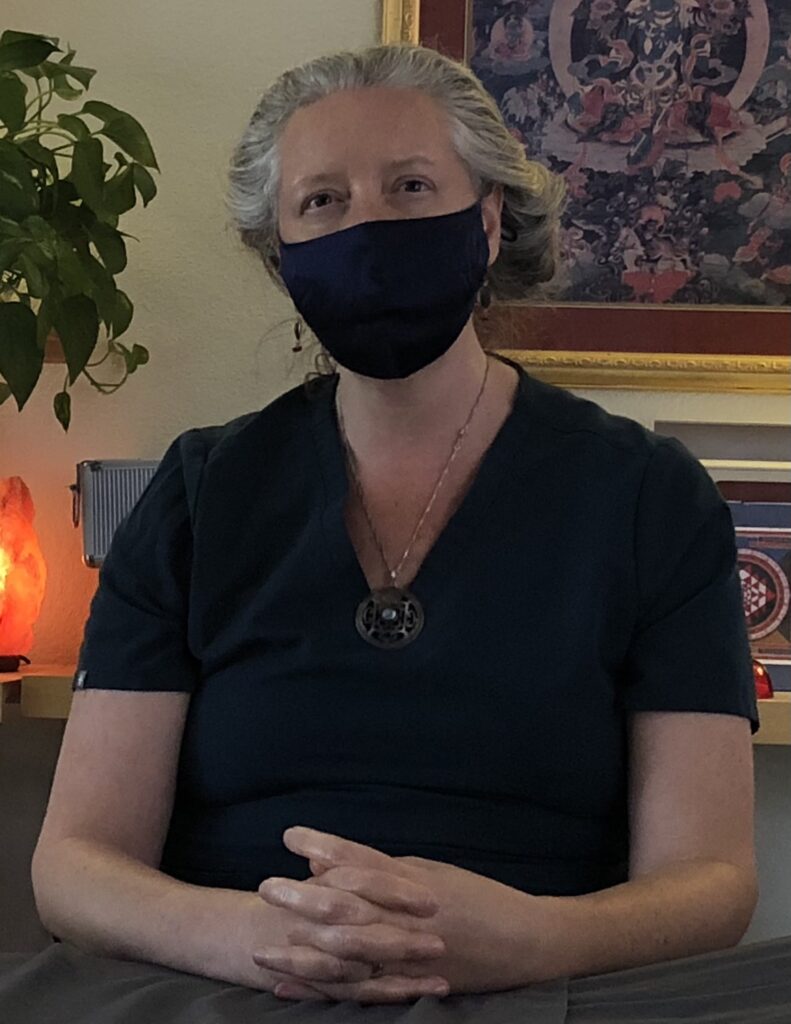
The last needles she puts in are to quiet my mind with a few in my ears and one right between the eyes. Now, she leaves and I get 25 minutes of repose.
It was peaceful and relaxing. Very nice. And nothing hurt.
“That’s one of the things people are always fascinated by. It doesn’t hurt,” Lunaria said upon returning. “In fact, I don’t like to call them needles because compared to a hypodermic needle, I can put 10 of my needles inside one. Under a microscope, an acupuncture needle is really smooth, where a hypodermic needle is serrated because it is designed to shear through blood vessels. Our needles are designed to bounce off of blood vessels.
“People hear the word ‘needle’ and their only experience with one is getting an injection and that’s totally different. We call it dry needling. It’s to differentiate it from a wet needle, which is a hypodermic needle.”
Lunaria says she has a 96 percent patient-retention rate.
“People get relief here when they haven’t gotten relief anywhere else,” she said. “A lot of times, I’m their last stop. I hear that a lot: ‘You’ve given me hope again.’ That’s the number one thing I hear.”
Being an acupuncturist requires a master’s degree and more than 900 hours of clinical experience under supervision, followed by grueling exams that lead to national board certification and finally a license.
“The effects of acupuncture will keep unfolding,” Lunaria said. “You’ll notice some effects in two hours, some in 24 hours, some in 48, even some in 72. After that, the effects wane. So a lot of my patients, who are chronic-pain patients, come see me two times a week so they are not yo-yoing. After a month of weekly treatment two or three times a week, their natural endorphin levels do not fall back down. They’ll stay up for up to a year.”
Lunaria has made time for me on a day when she is treating 20 patients.
The litmus test: For three days afterward, I walked up and down the steps at home, pain free, without using the handrail.
“I wish people would try acupuncture first, but maybe if they did, they wouldn’t be as convinced as if they tried others things first,” she said. “The research just keeps confirming what I was taught in acupuncture school about all of the ancient practices and theories.
“Those Chinese 2,000 years ago, they knew a lot of stuff without all the benefit of scientific advances. It’s amazing how they just figured things out.”
Anna Lunaria, Yin Rising Acupuncture
6101 S. Rural Road, Suite 112, Tempe
480-206-6199
_________________________
Chilling experience has happy ending for this old geezer
I have no particular popsicle wish.
While I lost my tolerance for the Valley’s summer heat years ago, I have no inclination to move to Utqiaġvik – you might remember it as Barrow – Alaska.
That’s why it surprised even me that I would agree to endure 3 minutes in a chamber chilled to 220 degrees below zero – twice as cold as dry ice and 10 times colder than a nasty winter day anywhere in Alaska – in my underwear.
I do, however, have curiosity about cryotherapy, which is growing in popularity among elite athletes wanting to recover more quickly from workouts – and even among geezers like me, who can’t run to the refrigerator anymore.
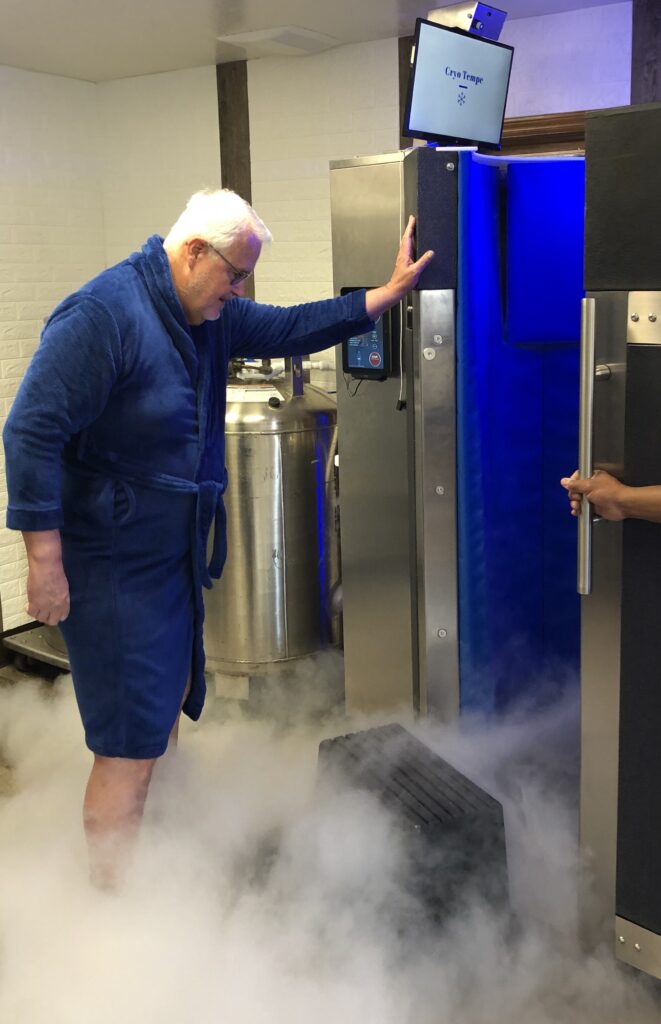
I have West Chandler resident Kevin Freeland, 57, to thank for nudging me.
Freeland has operated Body Focus Fitness & Performance on Kyrene Road just north of Warner in Tempe for 17 years. In 2019, yielding to client requests, Freeland opened Cryo Tempe, the first cryotherapy facility in the South Tempe-West Chandler area, as a side business within his gym.
Clients enter the liquid-nitrogen-infused cryotherapy chamber in their underwear (Freeland provides a changing room and a robe). They are required to wear manufacturer-provided stockings, slippers and gloves. The treatment is from the collarbone down.
The head must be kept above the chamber because breathing in nitrogen vapors can displace oxygen, and that can be dangerous. There is a head sensor, and an automatic shut off and door opener if levels become dangerous.
The chamber door also can be opened from inside if the client is uncomfortable.
Freeland opens the door of the liquid-nitrogen-infused chamber and vapor rushes out. It looks like something from the lab in a sci-fi movie.
“People are skeptical when they first hear about it,” Freeland said. “Some people are just downright terrified of it.”
In I go. The door closes behind me. I hand the provided robe over the top to Freeland and put on the gloves.
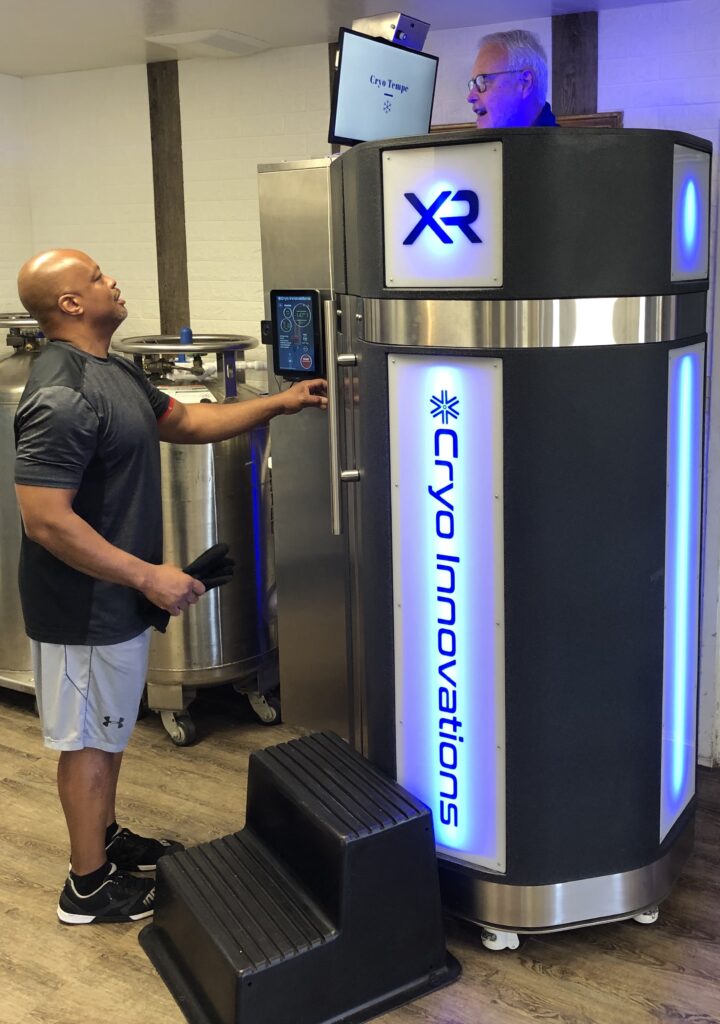
It is cool at first, not chilly. I keep my feet, hands and torso moving gently as directed, like doing the Twist in slow-mo. I feign rhythm.
Freeland’s Cryo Innovations XR, made in Newport Beach, Calif., has a heart-oxygen monitor that clips to the ear lobe, and a suite of biometric monitoring equipment mounted on the exterior of the chamber.
I am delighted that Freeland stays right there, standing outside the chamber constantly monitoring the readings.
I’m just getting settled in as Freeland tells me I’m halfway through.
I’m astounded that it really doesn’t feel cold, but then, I’m not being blasted by an Arctic wind and my ears are not exposed like a numbskull with no cap in an Alaskan winter.
Soon, he says 45 seconds to go, and for the first time I’m feeling a sting in my forearms and calves.
And then, just like that, it’s over.
I step out pleasantly surprised, uplifted and energized, more so than from my daily half-pot of coffee. My skin is red, a normal byproduct. That disappears as the afternoon wears on.
The day before I did my session, I watched someone do one. Freeland, who holds a microbiology degree from the University of Arizona, agrees that it is helpful to watch a treatment before trying one.
“When you see somebody in there and they’re not screaming in terror or pain, then it’s not that bad,” he said. “When you sit down and go over the benefits of it, most are willing to at least give it a shot.
“And a lot of people come in actually looking for it. It’s growing. They’ve heard about it and we’re the only one in this part of town.”
A 2017 review of studies on athletes in the International Journal of Sports Medicine suggests that cryotherapy can be effective in reducing muscle pain, inflammation and cell damage. Research suggests that athletes may recover more quickly when they use cryotherapy. The skin’s exposure to subzero temperature triggers the release of anti-inflammatory endorphins and increases oxygen circulation in the bloodstream.
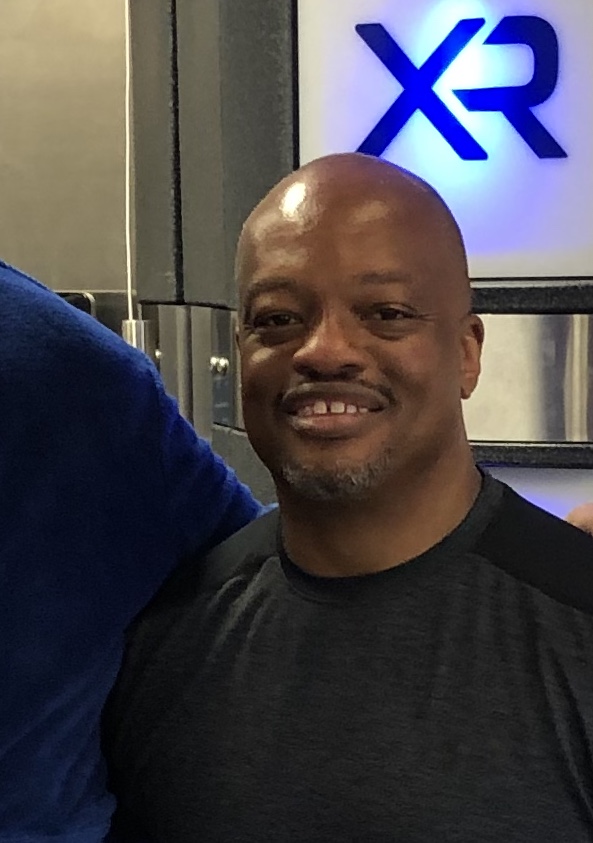
Anecdotal evidence suggests that cryotherapy is effective in combating anxiety and depression, according to an October, 2017, report in Medical News Today. Cold exposure increases levels of norepinephrine in the body, which are similar to the effects of pharmaceuticals like Wellbutrin and other serotonin reuptake inhibitors often prescribed for depression and anxiety.
There is growing evidence that cryotherapy is effective in weight loss. Extreme cold temperature forces the body to work harder to burn calories to keep warm.
Exposure to extreme cold can increase circulation and collagen production, rejuvenating skin and reducing wrinkles. The treatment penetrates only the skin, so organs stay safe.
Cryotherapy is not for everybody. It should be avoided by those with respiratory illness, history of heart attacks, history of stroke or cerebral hemorrhage, metal implants or pacemakers and those younger than 18.
Cryotherapy is not yet regulated by the U.S. Food and Drug Administration. Most medical insurance coverage is not yet onboard with it, either.
I was more alert. I slept really well that night. And, I could walk up and down the stairs without knee pain. I experience this for a couple of days before the effects fade away. As with acupuncture, I can envision a higher quality of life with regular treatment.
All in all, the experience is pretty cool.
Kevin Freeland, Cryo Tempe
8400 S. Kyrene Road, Suite 107, Tempe
602-849-5280
_________________________
By the sound of it, there’s a unique way to relax and de-stress
If you go see Cheryl Sosnowski for a sound bath, you don’t need to bring your own soap.
“I’ve had people call in and ask, ‘Do I need a bathing suit?’” said Sosnowski, who owns Create Space Studio in Tempe.
The answer is no, but she’ll want to know a few things about you: Do you have physical pain or stress? Aversion to any particular sounds? Chronic health conditions, especially heart conditions?
“So, I find out what’s going on in your life and then I tailor a session based on your physical and emotional well-being,” she said. “Then you lay down, close your eyes and I do my magic.”
That consists of creating peaceful, relaxing sounds with drums, chimes, bowls and gongs.
Gongs?
“I don’t smack it. I don’t treat it like I’m in a rock band,” she said. “It’s more of bringing up the sound, bringing up the vibration, so the sound kind of raises and lowers in frequency. I do it in a way to get a powerful wave from that gong flowing through your body. It’s really great for breaking up stuck energy patterns.”
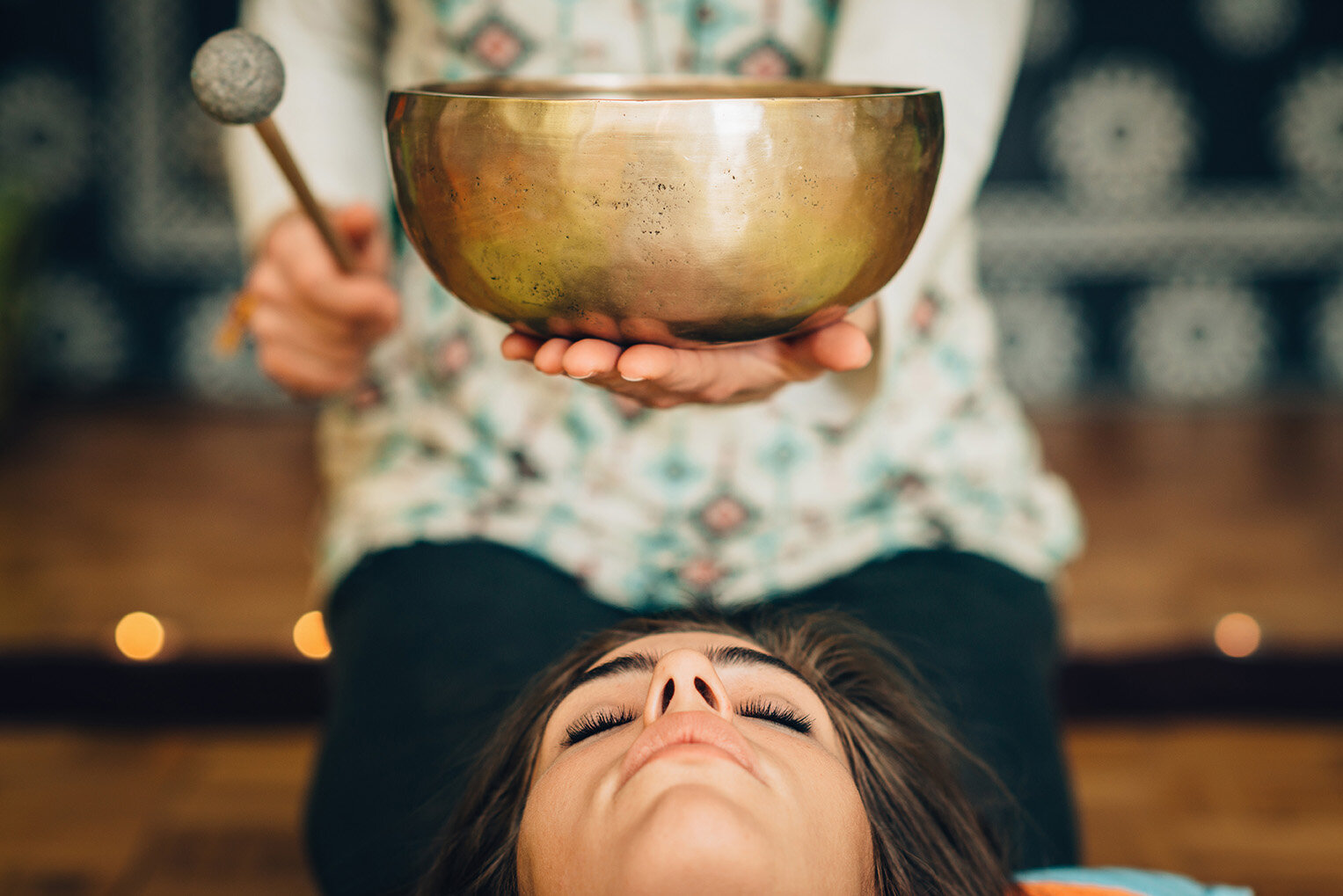
Sosnowski, 50, is a Science of Mind metaphysical reverend and a UCLA-trained mindfulness trainer. Always looking for ways to shortcut the meditation processes for patients, she started looking into sound healing.
“When I began learning mindfulness, and that’s why I went through UCLA as opposed to going to India, I wanted to understand how this is working,” she said. “That automatically led me into this realm of working with the invisible forces that shape and rule all of our lives.”
Sound therapy, called a sound bath because you’re bathing your body and your mind, helps the muscles, brain and nervous system relax and reset.
“Our bodies and brains are mostly water, and water is a highly conductive source of vibration,” Sosnowski said. “So sound can help you get out of the chronic stress that most people are under all the time, even if they are not aware that they are.”
And how does sound do that?
“Your whole body actually is wired for sound,” she said. “Everything has a frequency and a vibration in your body. Every single cell vibrates.”
Sound passes through the ear drum to the vagus nerve, which, when stimulated, sends a message throughout the body that it’s time to relax and de-stress.
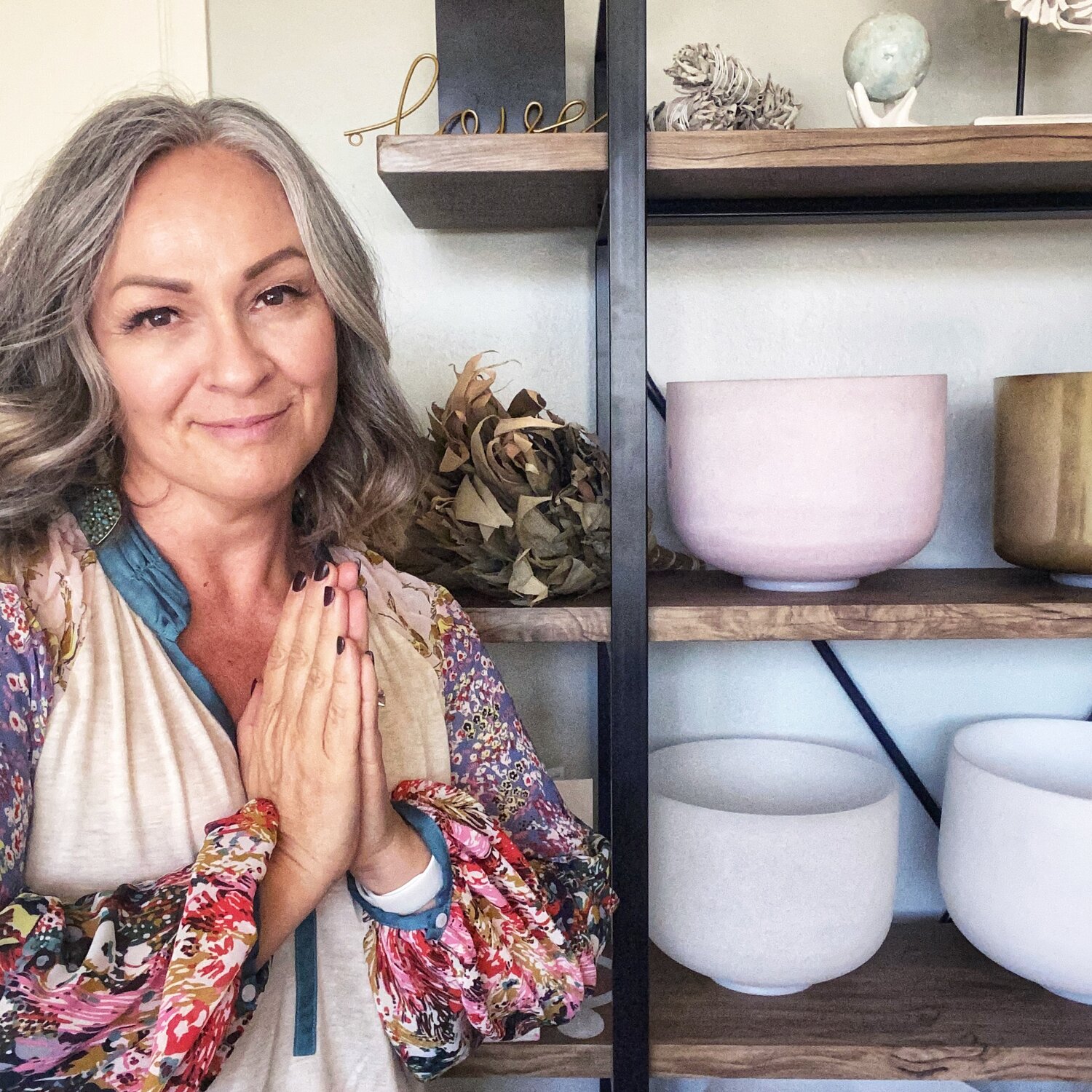
“That’s why when you’re hearing sounds that are soothing and relaxing – nature, smooth jazz, or whatever helps you feel really mild and mellow – it helps your body to instantly relax,” she said.
“Stress response in the nervous system constantly releases chemicals into our body. That ages you and causes you to be linked to the six leading causes of death in the world. Mood is influenced by music. So if you go out to a night club and there’s dancing, they’re not going to be playing meditation music.”
But if you come to see Sosnowski, she will be, using her array of instruments to create sounds associated with relaxation and healing.
“I’ve seen people shift really fast out of stuck behaviors and stuck patterns, even after a couple of sessions,” she said. “Sometimes they want to learn to meditate and they’ve tried and they can’t. Sound therapy helps them to be able to effortlessly drop into it.”
Cheryl Sosnowski, Create Space Studio
2125 S. 48th St., Suite 104, Tempe
480-729-4170
____________________
Does your business serve Tempe or West Chandler? Wrangler News/wn.calicoeng.com advertisements get results! To purchase a print or online ad, dial 480-966-0837. Got a story idea or news tip? Give us a call at 480-966-0837.


Thanks for this thorough look into what I might need, as I’m 68 as well, and played walleyball at the Tempe Y for over 15 years as well as other activities. What did all this end up costing you, Lee, and which treatment had the most lasting effects?
Hi, Shelby! It was really close between acupuncture and cryotherapy, the edge to cryotherapy because it lasted about a day longer. BUT, acupuncture can address far more maladies and mine was a truncated session just to experience it, so it really depends on your situation. I did not do sound therapy but I’m going to. Anything that might calm me down is worth a try. Regarding cost, they all have a range of packages and pricing so I’d recommend that you go to their websites or speak with each of them to plan a program and package that’s best for you. —Lee